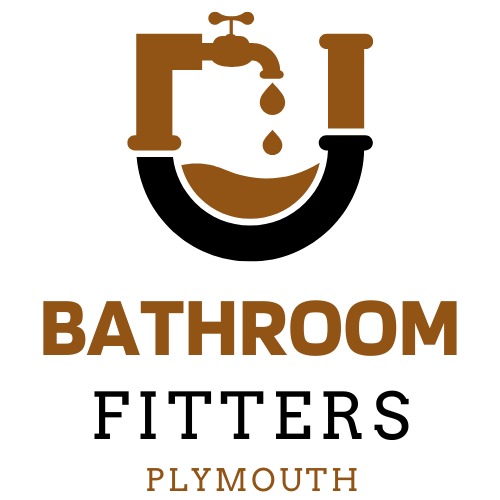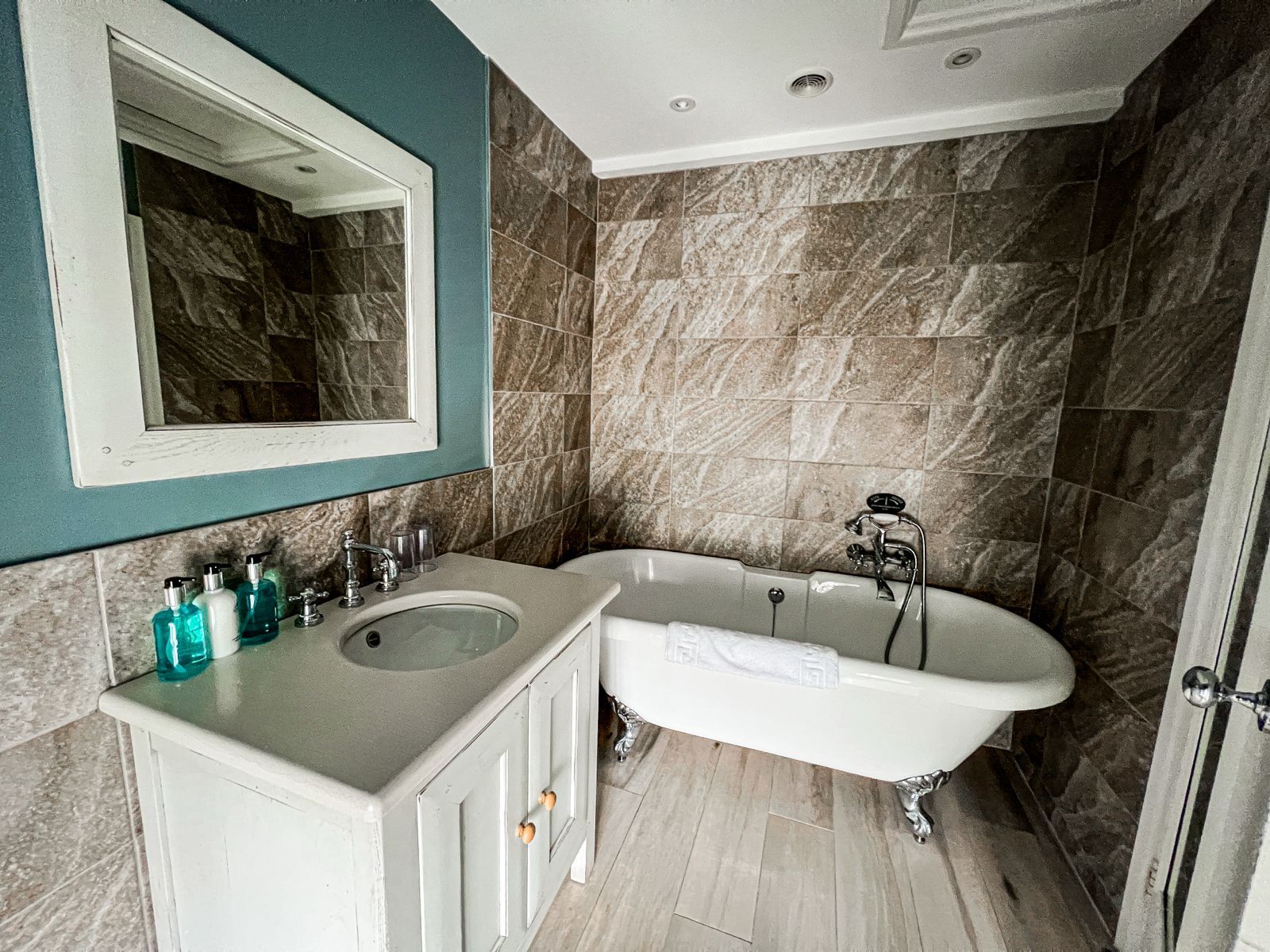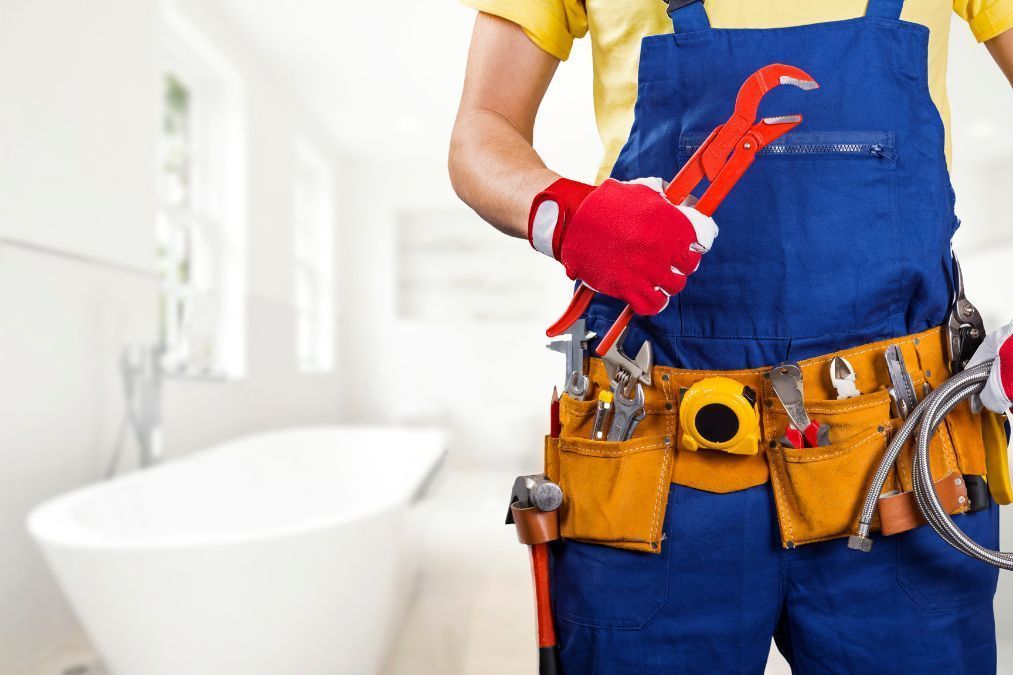What Does a Bathroom Renovation Really Cost?
What Does a Bathroom Renovation Really Cost?
If you’ve ever started a bathroom renovation, you’ll know it rarely comes in exactly on budget. Once walls come down or old fixtures are pulled out, surprises often appear – and they can quickly add to the cost. That’s why it’s so important to understand where the money goes and to plan ahead with realistic expectations.
Labour: Where Most of the Money Goes
The biggest chunk of a bathroom renovation budget is almost always labour. Plumbers, electricians, tilers, and carpenters are skilled tradespeople who’ve spent years perfecting their craft – and their expertise doesn’t come cheap.
- On average, labour for a standard UK bathroom renovation falls between
£3,000 and £5,000. For high-end or complicated projects that involve moving walls, installing new pipework, or dealing with structural changes, the figure can climb much higher. Location also plays a part – you’ll generally pay more in London or other big cities than in smaller towns.
Fixtures and Fittings: The Showpieces
Once labour is accounted for, the next biggest expense is usually the suite itself – the things you actually see and use every day.
- Standard bathroom suites usually start from £5,000 to £7,000.
- Premium or designer options can easily run past £14,000.
On top of that, there are installation costs:
- Fitting a shower: £250–£750, depending on complexity.
- Installing a bath: around £325 on average.
Tiles and Finishes: Setting the Style
Tiles can transform a bathroom, but they come with a wide price range. Basic ceramic tiles start at just a few pounds each, while luxury porcelain, stone, or designer options can cost £50–£150 (or more) per tile.
- Then there’s the fitting. A professional tiler typically charges around £300 per day, and the job becomes more expensive if you choose large tiles, intricate patterns, or extras like underfloor heating. Preparation, adhesives, grout, and disposal of old tiles also add up.
Size and Complexity Matter
It’s not just about how big your bathroom is – complexity plays an even bigger role in cost.
- More fixtures = higher spend.
- Awkward layouts, limited access, or bespoke design features often drive prices up more than simply having a larger space.
The Hidden Costs: Structural Surprises
One of the most common budget-busters in a renovation is uncovering hidden problems. Older properties especially may reveal:
- Rotten floors from water damage
- Outdated plumbing or electrics
- Weak subfloors that need reinforcing
These aren’t optional fixes – they have to be sorted before the new bathroom goes in, which is why having a contingency fund is so important.
Why Hiring Professionals Pays Off
While it’s tempting to think about doing some of the work yourself, bathroom renovations usually involve plumbing and electrical systems that require specialist knowledge. Professional fitters not only make sure everything’s done safely and correctly, they can also:
- Provide accurate cost estimates
- Spot issues early before they become expensive
- Access trade-only prices on materials
- In the long run, hiring professionals can save you stress, time, and sometimes even money.
Acquire it in writing
Make sure you have a written contract with the following terms before agreeing to start any work:
- the start and finish dates that were agreed upon.
- Final price and payment conditions.
- Detailed information regarding the components of the work.This will ensure your protection in the event of any problems.
Bottom Line
Bathroom renovations aren’t cheap, and costs can vary massively depending on choices and circumstances. But with realistic planning, a good fitter, and a bit set aside for the unexpected, you can avoid nasty surprises and end up with a bathroom that’s both beautiful and built to last.
Pros & Cons of a Bathroom Renovation
A quick look at the upsides and trade-offs so you can plan with realistic expectations.
Why it’s worth considering
- ✔ Can increase property value and buyer appeal.
- ✔ Better daily comfort with smarter layouts and storage.
- ✔ Chance to upgrade to water- and energy-efficient fixtures.
- ✔ Fresh, modern look with new tiles, lighting, and finishes.
- ✔ Opportunity to fix hidden leaks, ventilation and wiring issues.
What to watch out for
- ✖ Costs can rise if structural or plumbing issues appear.
- ✖ Temporary disruption: noise, dust, and reduced bathroom access.
- ✖ Complex tiling/layouts can add time and labour costs.
- ✖ Coordinating multiple trades can cause scheduling delays.
- ✖ DIY limits — plumbing/electrics often require certified pros.
- Set aside a 10–15% contingency for surprises.
- Keep plumbing in the same locations to reduce costs.
- Choose fixtures/tiles early to avoid delays.
- If you only have one bathroom, consider phasing the work.





